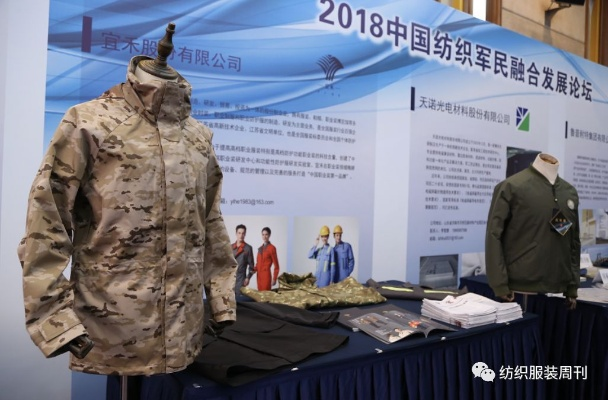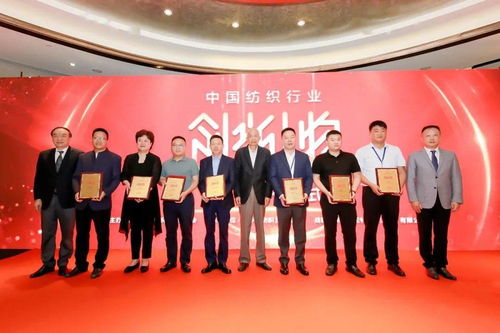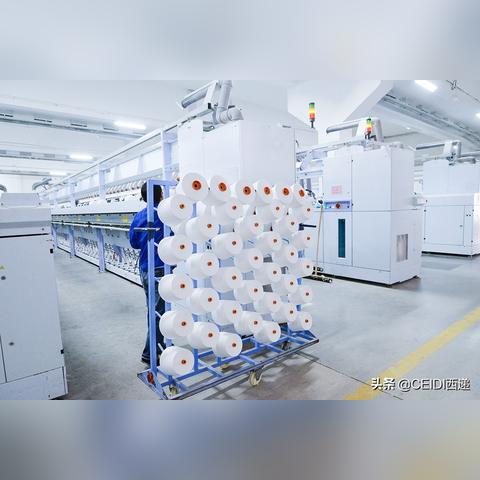Understanding the Factors That Affect the Durability of Textile Colors
This study aims to understand the factors that affect the durability of textile colors. The research focuses on the relationship between color stability, fabric properties, and environmental conditions. ,Color stability is a crucial factor in the durability of textiles, as it affects their appearance over time. This study explores the impact of various factors on color stability, including dyeing techniques, pH levels, temperature variations, and exposure to sunlight.,Fabric properties such as weave type, yarn count, and thread count also play a significant role in the durability of textiles. These properties determine the strength and resilience of the fabric, which in turn affects the longevity of the color.,Environmental conditions, such as humidity and temperature fluctuations, can also impact the durability of textiles. High humidity levels can cause color fading, while extreme temperatures can cause shrinkage or warp.,Overall, this study provides valuable insights into the factors that affect the durability of textile colors, which can help manufacturers optimize their products for longer-lasting performance.
Introduction: The color of textiles is a crucial aspect that affects their appeal and longevity. However, over time, these fabrics can fade or discolor due to various factors such as environmental exposure, improper care, and aging. In this guide, we will explore the key elements that contribute to the durability of textile colors, including the importance of proper cleaning methods, the role of sunlight and UV rays, the impact of temperature fluctuations, and the significance of using protective coatings. We will also present an informative table highlighting some common causes of color fading in textiles and provide case studies to illustrate how these factors affect real-world scenarios. By understanding these factors, you can prolong the lifespan of your favorite garments and protect them from potential damage.
Maintaining Color Vibrancy: One of the most significant factors that determine the longevity of textile colors is the use of appropriate cleaning methods. Overexposure to harsh chemicals or improper washing techniques can cause color fading or loss. For instance, using a high-temperature wash cycle with bleach can strip away natural pigments from fabrics, leading to discoloration. It is recommended to follow the care labels provided by the manufacturer for specific cleaning instructions. Additionally, avoiding direct sunlight exposure and storing textiles in a cool, dry place can help prevent fading caused by UV rays.
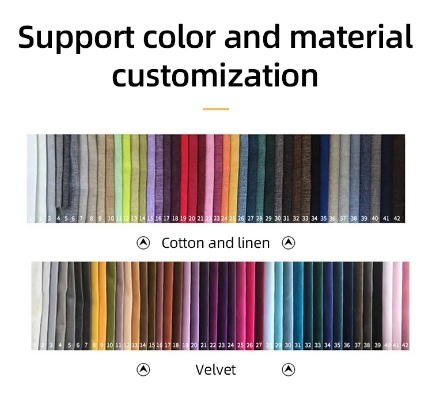
Protection Against Environmental Factors: Environmental factors such as humidity, temperature fluctuations, and pollution can also impact the color of textiles. High levels of humidity can cause moisture buildup, which can lead to mildew growth and discoloration. On the other hand, extreme temperatures can cause shrinkage or stretching, which can also result in color shifts. To minimize these effects, it is advisable to store textiles in airtight containers or bags to prevent moisture absorption and exposure to extreme temperatures.
Protective Coatings and Treatments: To further enhance the durability of textile colors, many manufacturers offer protective coatings and treatments that can help protect against environmental damage. These products often contain UV absorbers, anti-fading agents, and other ingredients designed to resist fading and stains. For example, some fabrics are treated with acrylic or polyester resin that provides a barrier against UV radiation and water damage. By incorporating these protective measures into your cleaning routine, you can extend the lifespan of your favorite garments and keep them looking their best.
Case Studies: To illustrate the impact of these factors on real-world scenarios, let's consider two case studies. The first involves a woman who purchased a beautiful silk dress at a local boutique. After several years of wearing it, the dress began to show signs of fading due to improper care and exposure to sunlight. She decided to take action by following the care label instructions and using a gentle detergent specifically designed for silk. Within a few weeks, the dress had returned to its original vibrant hue.
On the other hand, a man was disappointed when he discovered that his favorite cotton shirt had started to yellow after only a few months of wear. He tried different cleaning methods but none seemed to work. Eventually, he learned about the importance of using a fabric conditioner that contains UV protection and applied it regularly. Within a month, the shirt looked like new again, with no sign of yellowing.
Conclusion: In conclusion, there are several factors that can affect the durability of textile colors, including proper cleaning methods, protection against environmental factors, and the use of protective coatings and treatments. By understanding these factors and taking proactive steps to address them, you can ensure that your favorite garments remain vibrant and attractive for years to come. Remember to always follow the care labels provided by the manufacturer and invest in protective treatments whenever possible.
纺织品耐黄因素概述
纺织品作为日常生活中不可或缺的物品,其耐黄性能直接关系到其使用寿命和美观度,纺织品耐黄的因素主要包括纤维材质、染色工艺、后处理以及使用环境等多个方面。
纤维材质对耐黄性的影响
-
纤维种类:不同种类的纤维具有不同的吸湿性、透气性和耐黄性,天然纤维如棉、麻等具有较好的耐黄性,而合成纤维如涤纶、聚酯等则可能受到黄变的影响。
-
纤维结构:纤维的微观结构也会影响其耐黄性,纤维中的微孔隙和纹理结构有助于吸收染料并防止染料扩散,从而延长纺织品的使用寿命。
染色工艺对耐黄性的影响
-
染色方法:不同的染色方法会对纺织品耐黄性产生不同的影响,高温染色可能导致染料迁移到纤维表面,从而加速染料的黄变。
-
染色剂选择:选择合适的染色剂也是影响纺织品耐黄性的关键因素,某些染料具有更好的耐黄性,可以减少染料在纺织品中的迁移和扩散。
后处理对耐黄性的影响
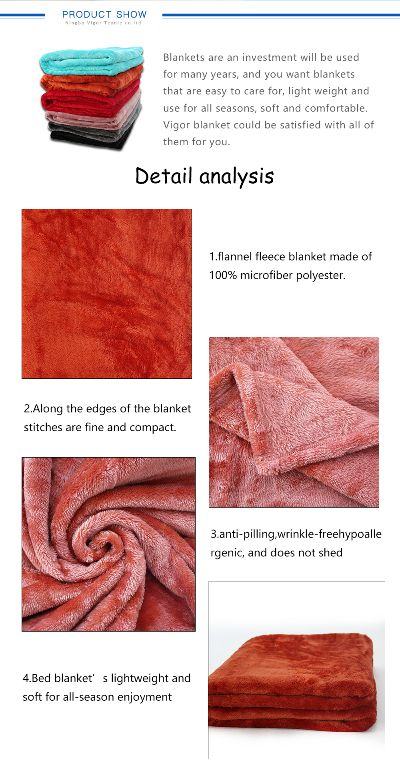
-
抗氧化处理:在纺织品生产过程中,进行适当的抗氧化处理可以有效地延缓染料黄变的速度,抗氧化剂的使用可以保护纤维不受氧化损伤,延长纺织品的使用寿命。
-
紫外线防护:对于某些特殊用途的纺织品,如防晒衣物,需要进行紫外线防护处理,以防止紫外线导致的黄变。
案例分析:纺织品耐黄性的实际应用
某品牌棉质衬衫的耐黄性提升策略
该品牌为了提升其棉质衬衫的耐黄性,采用了天然纤维作为主要材料,并采用了先进的染色工艺,在后处理环节中,增加了抗氧化处理和紫外线防护措施,有效地延长了衬衫的使用寿命。
合成纤维面料在户外运动装备中的应用
在户外运动装备领域,合成纤维面料也面临着黄变的问题,一些厂商通过采用特殊的染色工艺和后处理措施,成功提高了合成纤维面料的耐黄性,使其在户外使用中更加耐用。
总结与建议
纺织品耐黄性的影响因素是多方面的,包括纤维材质、染色工艺、后处理以及使用环境等,为了提升纺织品耐黄性能,可以采取多种措施,如选用合适的纤维材质、采用先进的染色工艺和后处理措施、加强抗氧化和紫外线防护等,还需要关注纺织品的使用环境,避免长时间暴露在紫外线下,从而延长纺织品的使用寿命。
英文表格补充说明:
纺织品耐黄因素对比表
| 因素 | 纤维材质 | 染色工艺 | 后处理 | 建议措施 |
|---|---|---|---|---|
| 影响程度 | 高 | 中 | 后处理为主 | 选择合适的纤维材质、采用先进的染色工艺和后处理措施 |
| 案例一 | 天然纤维 | 高温染色 | 无 | 该品牌采用天然纤维作为主要材料并增加抗氧化处理和紫外线防护措施 |
| 案例二 | 合成纤维 | 未知 | 后处理为主 | 采用特殊的染色工艺和后处理措施以提高耐黄性 |
英文案例说明:
某品牌通过选用天然纤维作为主要材料并采用先进的染色工艺和抗氧化处理,成功提升了其棉质衬衫的耐黄性,该品牌注重纺织品的使用环境和使用寿命,避免长时间暴露在紫外线下,从而延长了衬衫的使用寿命。
某品牌在户外运动装备领域采用了合成纤维面料,但也通过采用特殊的染色工艺和后处理措施来提高其耐黄性,该品牌注重产品的耐用性和使用寿命,从而提高了产品的市场竞争力。
Articles related to the knowledge points of this article:
The Role of Textiles in Environmental Sustainability
The Fabric of Future:Classification and Application of A,B,C Textiles

